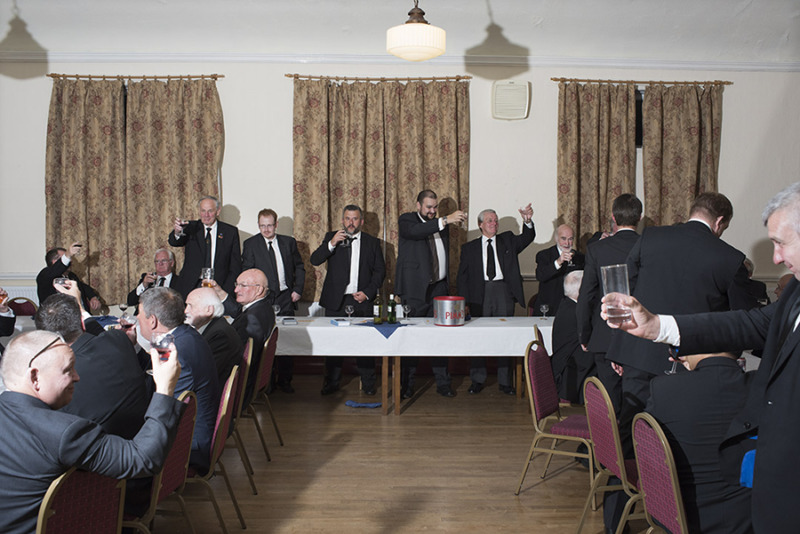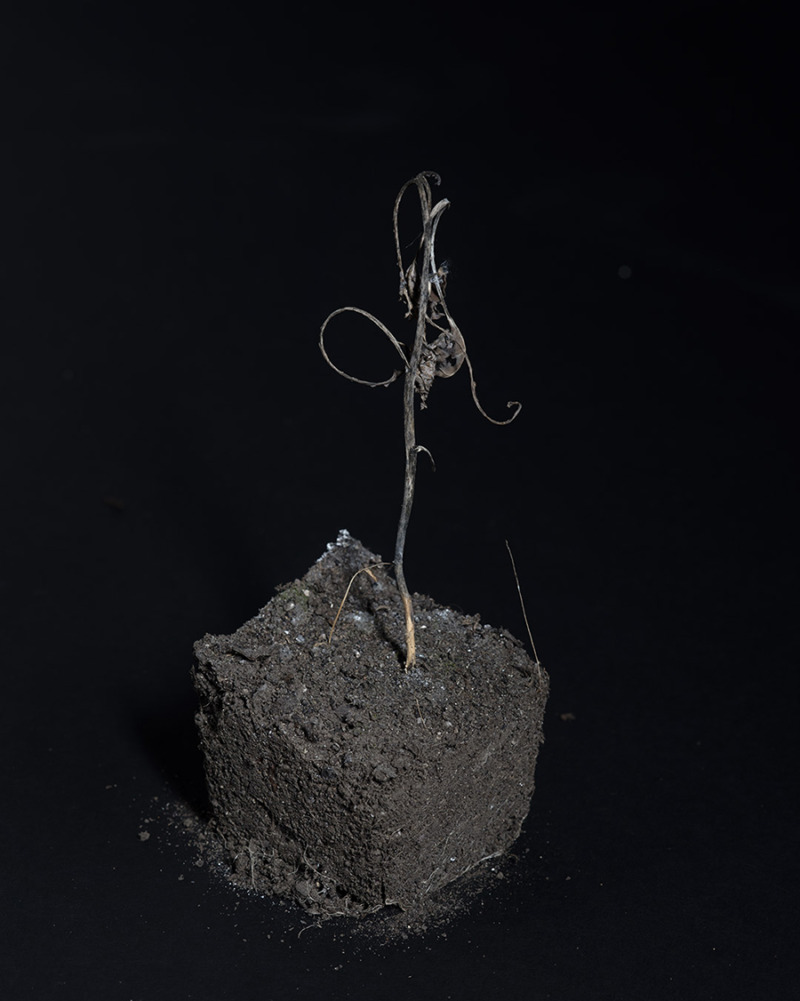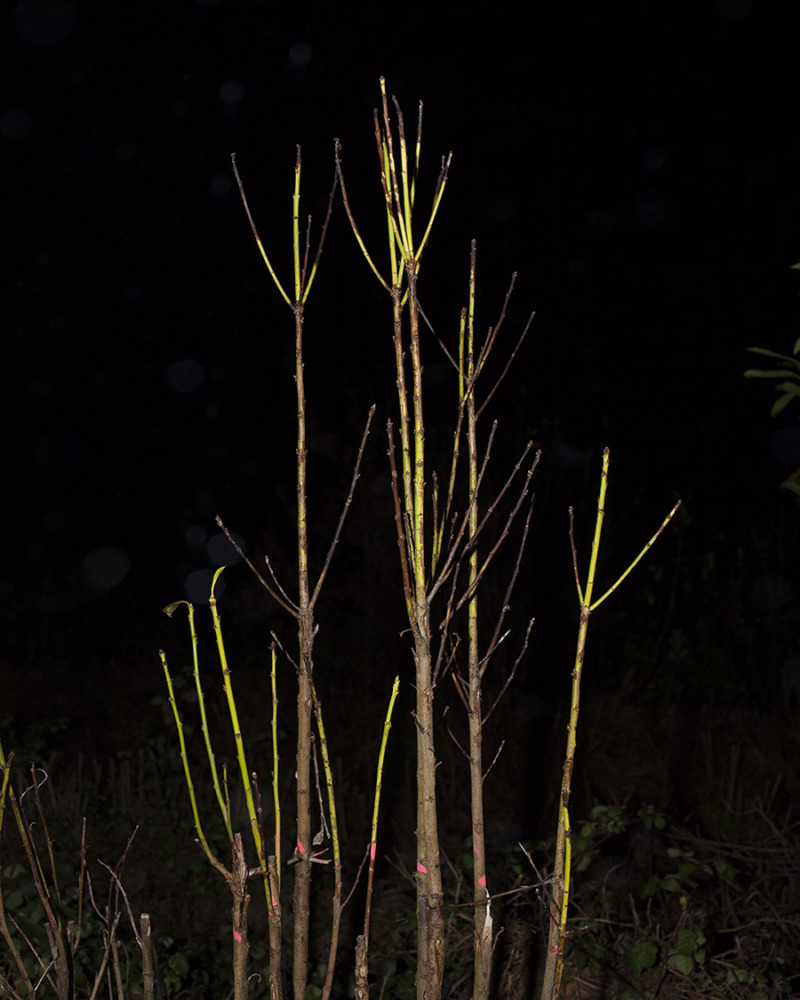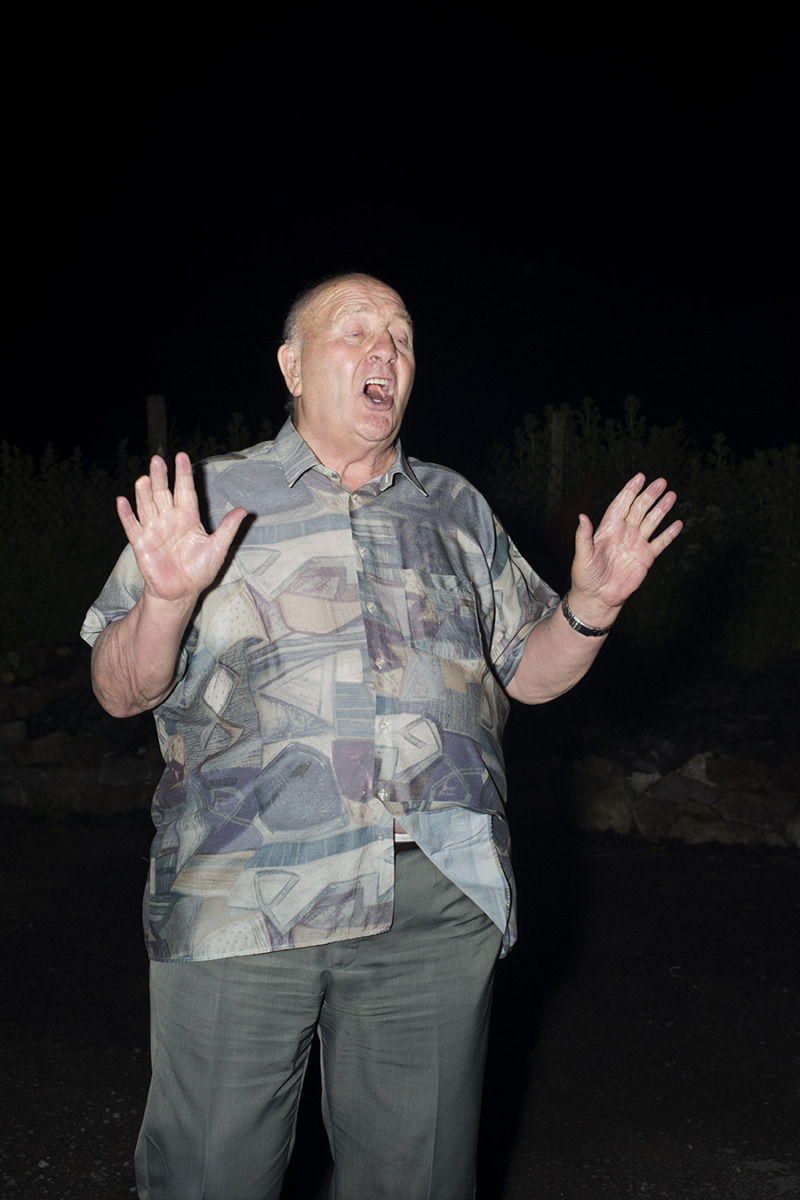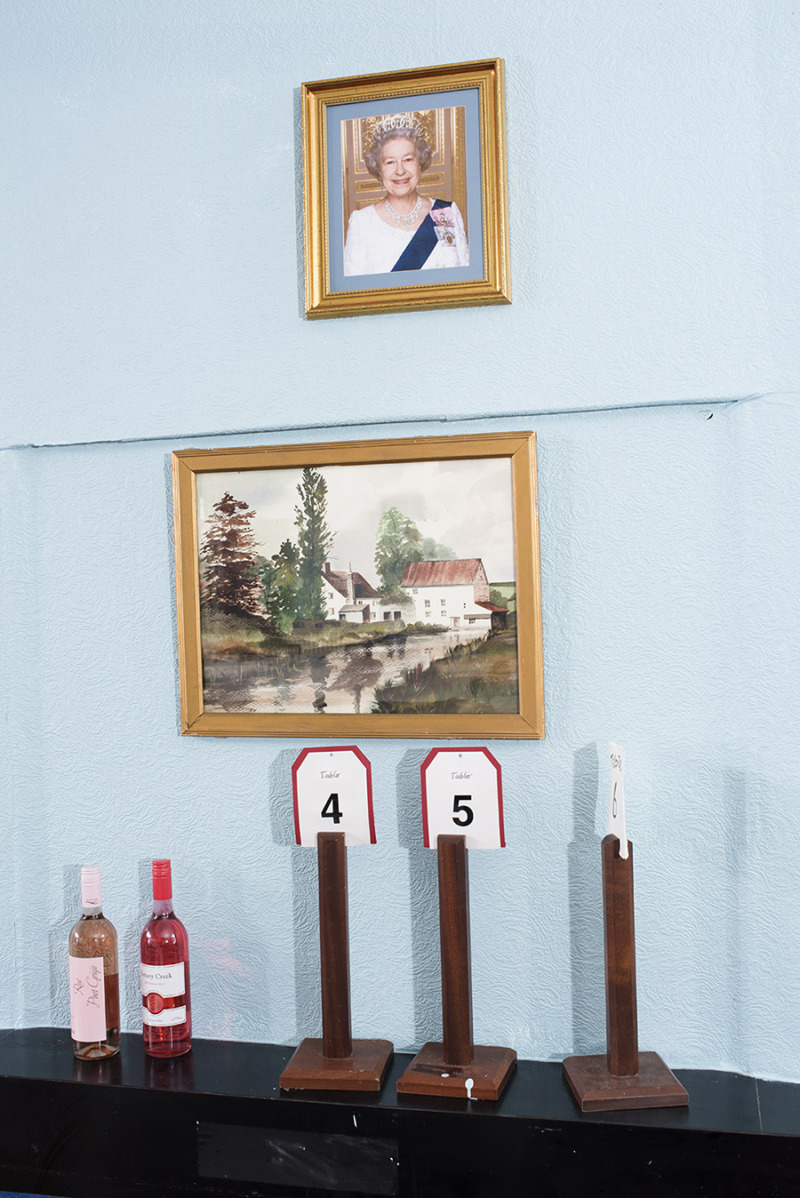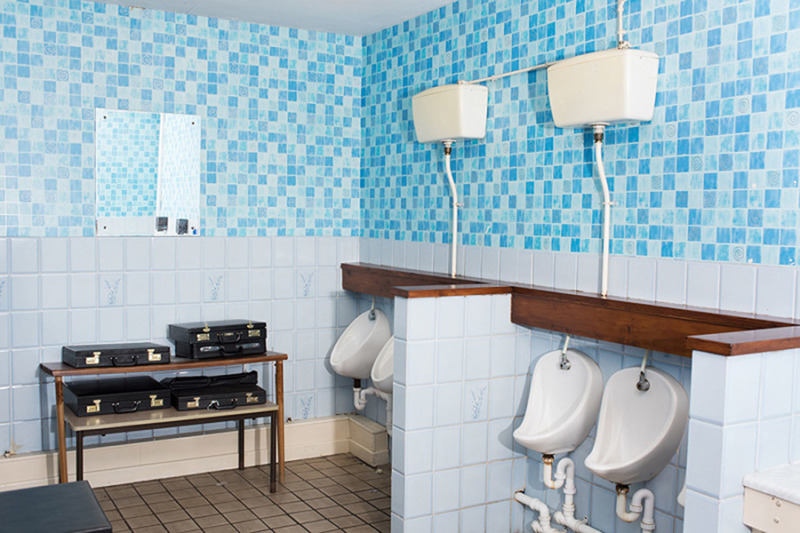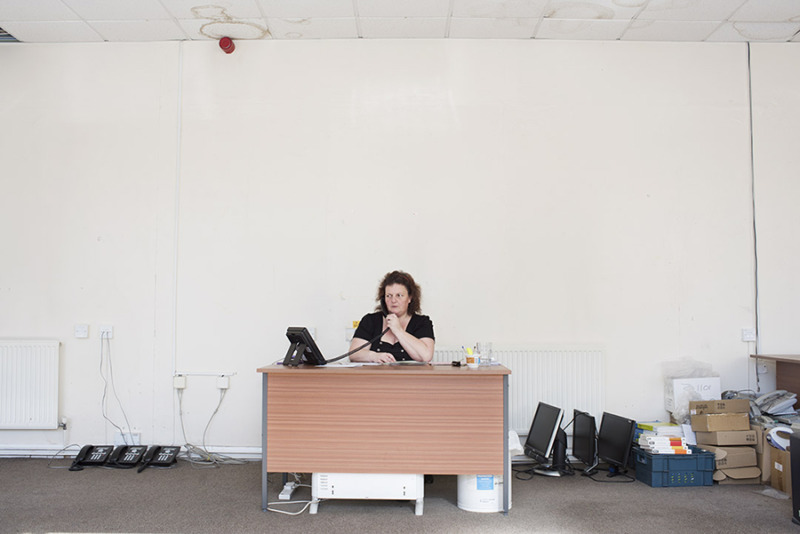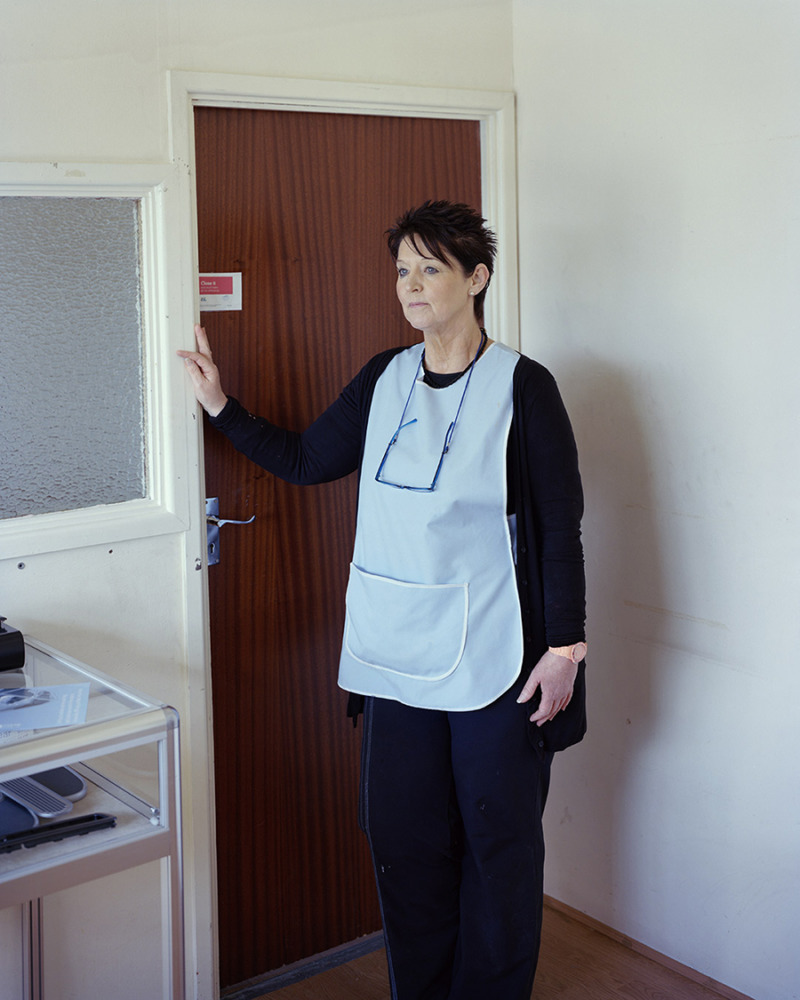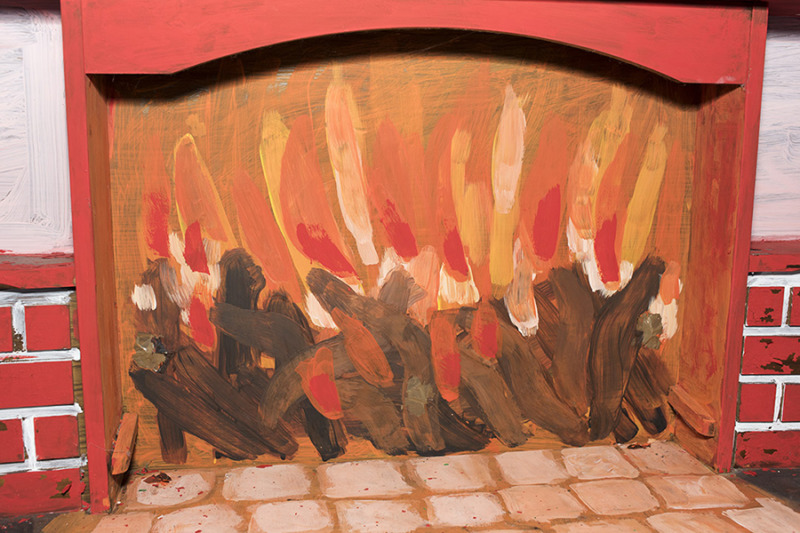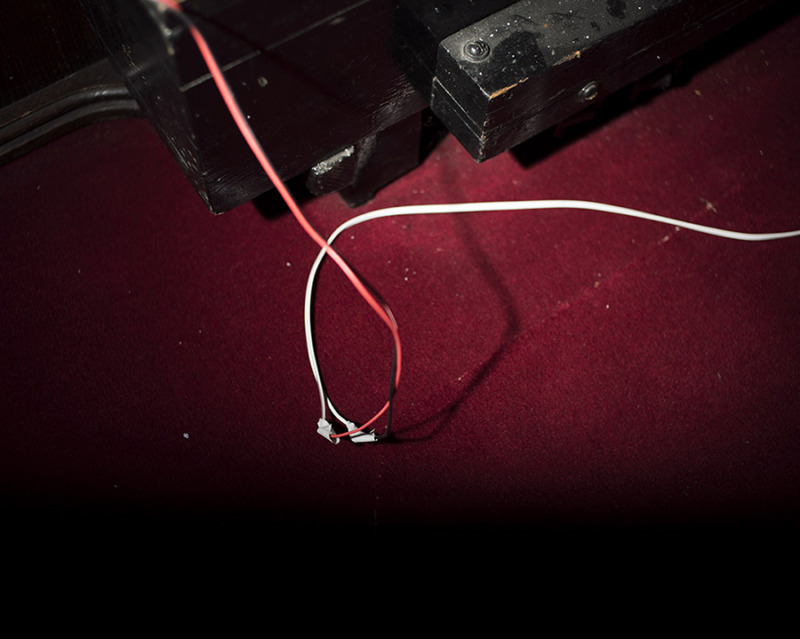David Barnes – in solution

It is perhaps one of the hardest tasks to look directly at the world around us and to see it as it is, with all its problems and ugliness, as well as its pleasures and joys. David Barnes’ ongoing series in solution is a determined, multi-layered attempt to look closely, though not unsympathetically, at a given place, in such a way that not only serves to describe particular subjects – this is still ‘documentary’ after all – but also seeks to evoke the connections, along with the deep tensions, that exist between the past and the present of a country – Wales – and its communities that are, in many respects, emblematic of how large-scale social and historical change manifests itself.
Consisting of several distinct, but still interrelated ‘chapters’ that take up different thematic stands, Barnes is making a very clear effort to extend upon the formal – and, for lack of a better word, conceptual – parameters of the tradition in which he works. This is not a case of picturing ‘social issues’ in any sort of direct way; instead, he relies for the most part on metaphor and allusion to communicate the experience of Welsh life at a specific moment in time, its unstable dynamic of tradition and change. His approach is a fairly rigorous blend of portraiture and studies of the seemingly incidental fabric of contemporary Wales, its provisional and often fairly charmless character a striking contrast to the landscape that surrounds it, which he nonetheless invests with a distinct sense of menace. Equally pointed is the contrast of established ways of living and working with a social context in which these no longer make sense or are simply not available.
One sequence of images, square mile, is an expressive, psychologically-loaded study of the landscape, or of one landscape in particular, which as Barnes pictures it is not beautiful, or even merely picturesque, but hostile and dream-like, the domain of latent, destructive forces. This is not a ‘natural’ landscape,’ however; instead, it stands at the intersection of different uses and roles, some of which are surely obsolete or abandoned, just as several of the houses he has photographed also seem to be slated for imminent demolition. In fact, an air of abandonment predominates here and it is a theme that appears to run throughout the whole work, the sense of an impending loss, of something at its end, which is as much a sociological and economic ending as it is a personal one (though these realms are, admittedly, hardly compartmentalised). Barnes also interrupts this evocative mood with pictures that are far more ‘forensic’ in tone, studio images of found, apparently useless objects photographed against a dark background. The pseudo-scientific style here further suggests this is a work of archaeology, tracing a world that is being lost – assuming it’s not already gone.
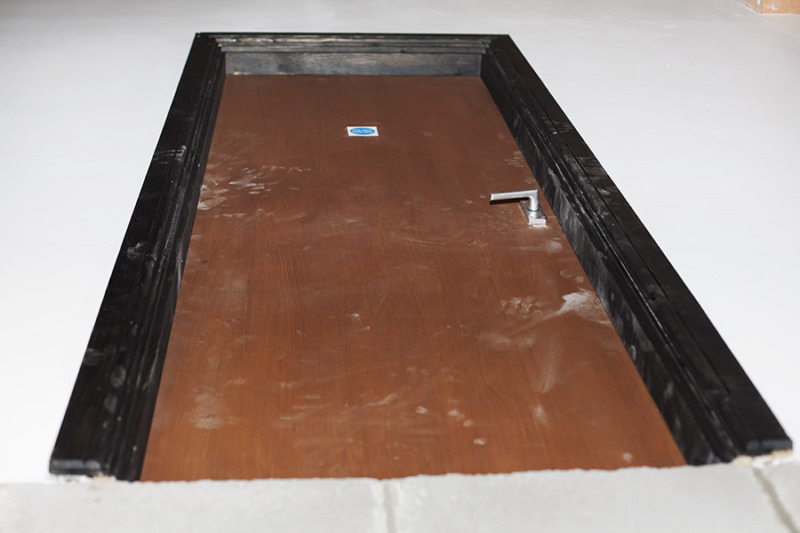
How Barnes has titled this chapter of the work also gives us some clue to his methods; stubbornly going over the same small patch of ground, trying to define the richness and strangeness of the particular, in an age that has seen the local overwhelmed by the global, where the specific traditions and histories of a place, its social and emotional continuities, are steadily being erased, both by forces that operate on a transnational scale and also by the general trend towards cultural homogenisation. This is the very theme that Barnes seems to elaborate on in another portion of the work, titled a gentle spring. Again, his approach is far more ambiguous or indirect than the ‘documentary’ tag would suggest, but perhaps this grows out of the feeling that the experience of contemporary life is best represented through the use of metaphor and narrative, rather than purely with the resources of the documentary tradition. At the same time there is no doubting that is work is about the ‘real’ world, which is presented here with its many contradictions and tensions intact.
Through the repeated use of certain motifs, in particular disordered and makeshift structures, some that have been left behind and some destroyed, Barnes brings out a sense of the present day as being ever more in the shadow of ongoing crisis and uncertainty, where the forms of living and labouring that once appeared inviolable are under threat or have mostly disappeared. Nothing in this world can be made to last, and even the weight of tradition is no guarantee that what exists now will not fall apart, leaving only traces – memories, images, mere representations – behind. This surely explains the number of pictures that are threaded throughout the work as a recurring subject; they are all that remains of a lost world (supposedly) defined by order and stability, perhaps none more affectingly than the photograph of a painted fireplace, so redolent of hearth and home, that blazes away endlessly and yet can give no warmth.
The sense that life is now structured around intangible forces (and flows of capital) that contrast sharply with the kind of direct, physical manifestations they might have had in the past – such as with heavy industry, for example – is indicated in other ways too. The displacements and anxieties that seem characteristic of this shift are perhaps most visible in the chapter of the project that Barnes’ has called a structure of feeling, a title that is itself an indication of how to think about the affective consequences of apparently sociological or even merely economic changes. In fact, all these things are connected – or perhaps more appositely, disconnected, and Barnes’ allusive methodology is well placed to give an insight into what the tensions at work here actually feel like, rather than just representing them. This is certainly the case with his at once funny, but also discomfiting image of a woman making a call in a rather improvised looking office space where it’s hard to tell if they’re closing down or just getting set up. A number of other phones and computer screens wait uselessly at the edges of the frame, the banal flotsam of our technological utopia.
Further sections of Barnes’ project are concerned with the workings of two groups or fraternal societies that are also in their own strange way the nostalgic remnant of a world that no longer quite exists except as a displaced shadow of its once vibrant self. The most significant of these groups is, of course, the Masonic Order and once again Barnes is closely attuned to the conflict that inevitably has arisen between the inherited sense of propriety that tends to define such groups and the demands of the modern world. The contrast between its baroque trappings and the prosaic, everyday reality appears both elegiac and also somewhat comic (see, for example, the tables that hold briefcases full of Masonic emblems that are placed conveniently next to the urinals). The message, however, is double-edged; although they might be relatively marginalised now, such ‘elite’ groups also make it clear that power, whether social or economic, has always been the preserve of a select few who tenaciously hold on to it as the rest of us struggle in their wake.
Barnes has also considered another fraternal organisation, the Loyal Order of Moose, which, compared to the Masonic Order obviously had a more working class affiliation. In an age before social welfare programmes, groups of this nature had the potential to function as a safety net for their members. This section is named for the occupation (iron puddler) of James J. Davis, Welsh immigrant and at one time “Supreme Organizer” of the Order in America. Despite picturing some currently active Order members and their meetings, though, Barnes also employs a number of formal strategies, particularly in dealing with materials and ephemera relating to the history of the Order, that harks back to his ‘archaeological’ approach elsewhere in the project. This might be taken to suggest the historical specificity of these organisations; they can no longer connect to the conditions of contemporary life because the ways people live and work have been largely transformed.
The complex shape that this project takes, consisting as it does of overlapping chapters, each basically forming its own distinct series, is an appropriate response both to a changed social landscape and to the limitations of documentary photography as it has been traditionally conceived. Of course we don’t ever really see anything ‘as it is’ and indeed Barnes obliges us to confront that sense of uncertainty, but he is at least able to offer a sensitive, if still decidedly oblique portrait of a place – and a world – undergoing steep transition.

